Culture is everybody’s job, and not a result of any one thing or any one person-- it’s the totality of all the actions everybody in the organization takes each day. And a carbon copy of what may work for one company, or any one political campaign, may not work for anywhere else.
There is, however, one foundational aspect of good communications at the core of how we work that’s fundamental to effective leadership at any level of any organization: openness.
Openness is important because it goes to what people want and expect if they are to feel some sense of ownership and emotional connection to an organization.
Openness means being open in terms of sharing information so employees know what’s going on, and crucially, feel heard. But it also means being, and expecting, an openness to different ways of working – different styles, different opinions, and, critically, feedback. It means openness to change.
Leaders, whether in business, politics, entertainment, are successful when people follow them – when people have the information they need to do their jobs and have a clear sense of where the organization or campaign is going – and when people feel a sense of pride in and ownership over an issue or team. It’s about building trust and helping empower people to make good decisions. It’s often not enough just to share reasoning behind a decision, but also to use human language and show some empathy for those you’re communicating with.
Over time, I’ve found a few key aspects specific to how leaders can be open in a way that works for them, without feeling manufactured or in-“authentic:”
- Be Personal: don’t try to be something you’re not, or someone else. Be yourself. Just be yourself. That includes being vulnerable, honest. If something isn’t working, or is worrying you, share it. If you’ve struggled with something that’s relevant and learned a lesson or two along the way, share it. Sharing your own perspective on an event, a trend, or a challenge makes you more relatable and builds trust. Share a story.
- Internal before external: Just about everything should be shared internally before it’s shared externally. It gives the teams internally the opportunity to get feedback, prepare for public feedback, and to refine and practice a broader messages before going to the public. It also helps people understand and feel like they are a part of a community before reading about online or seeing it on Twitter or Facebook. It communicates that the leader treats people with respect and trust.
- Feedback is a gift: Root communications in feedback and use data to support wherever possible. Often the feedback helps you figure out what point you’re trying to make. And be clear about what kind of feedback you want, where and how you want it shared, and what you’ve learned or what changes you’ve made from the feedback. Feedback also helps people all get better together. Without it, people can see the problems and become complacent or jaded if they don’t think their opinion matters or that their insight can make a difference.
- Enthusiasm: It’s infectious. It inspires. It builds trust. Use it when you can. Especially for people who might not be familiar with an area of work or an issue, it’s your job as the owner of the project or issue to convey excitement and passion, and why people should be interested in a given topic.
- Internationalize: Remember, increasingly, businesses and campaigns have audiences for whom at least some English isn’t a first language. Making sure to be clear about your terms and what you mean is important. Clear, simple language is best. Doing meetings and events, or publishing notes or posts with international time zones in mind goes a long way to helping people feel included and being an open, continual part of the conversation.
Would love to hear what you think, and what’s working in your groups.
